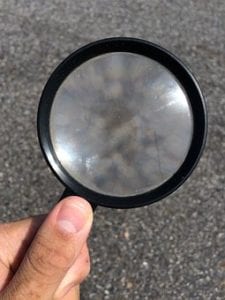 The foundation of situational awareness is capturing clues and cues in your environment – what some would call “paying attention” – and then making sense of those clues and cues – what some would call “understanding” – and then making projections of future events – what some would call “prediction.” One of the challenges in the formation of situational awareness that can arise during the “understanding” phase is Confirmation Bias.
The foundation of situational awareness is capturing clues and cues in your environment – what some would call “paying attention” – and then making sense of those clues and cues – what some would call “understanding” – and then making projections of future events – what some would call “prediction.” One of the challenges in the formation of situational awareness that can arise during the “understanding” phase is Confirmation Bias.
Putting the pieces together
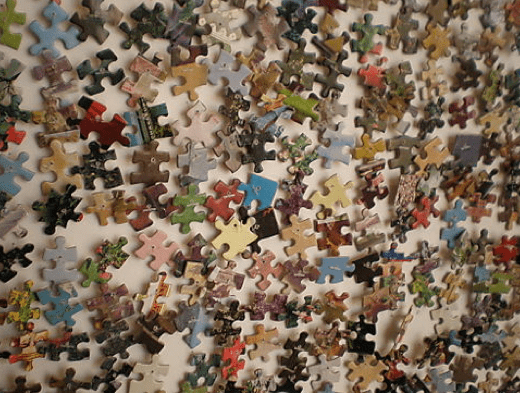 The clues and cues are captured during the formation of Level 1 situational awareness. At Level 1, we don’t make sense of the clues and cues. Rather, we’re simply on the mission of gathering. It is Level 2 situational awareness where we take the clues and cues captured at Level 1 and put them together to form an understanding of what is happening. This is much like putting the pieces of a puzzle together to formulate a picture.
The clues and cues are captured during the formation of Level 1 situational awareness. At Level 1, we don’t make sense of the clues and cues. Rather, we’re simply on the mission of gathering. It is Level 2 situational awareness where we take the clues and cues captured at Level 1 and put them together to form an understanding of what is happening. This is much like putting the pieces of a puzzle together to formulate a picture.
Intuition
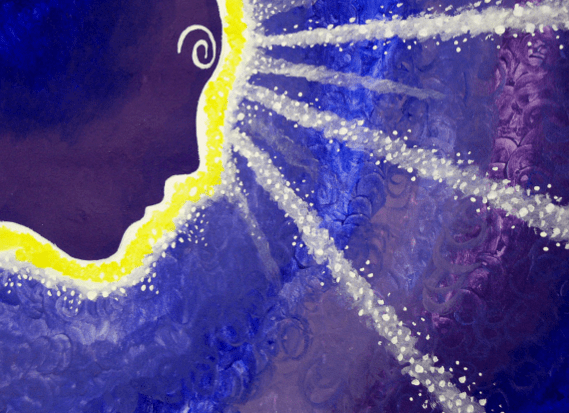 Expertise aids the formation of situational awareness and improves decision making. The past experiences of training and calls are stored in the subconscious mind. When under stress, the brain searches through these memory stores in search of a solution. The solution is found in the formation of a pattern match – a connection between clues and cues in the current situation with stored clues and cues from past experiences. When the brain forms the pattern match, it reveals itself as a “gut feeling.” That feeling is intuition.
Expertise aids the formation of situational awareness and improves decision making. The past experiences of training and calls are stored in the subconscious mind. When under stress, the brain searches through these memory stores in search of a solution. The solution is found in the formation of a pattern match – a connection between clues and cues in the current situation with stored clues and cues from past experiences. When the brain forms the pattern match, it reveals itself as a “gut feeling.” That feeling is intuition.
The fallible brain
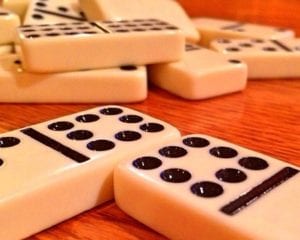 The human brain is an amazing pattern matching machine. It can search through billions of patterns of information, stored over a lifetime, and find the similarities of those past experiences and apply the lessons to guide you to a decision. There’s just one problem… the brain is not flawless. It can pattern match a solution to a problem, trigger intuition, give you a gut feeling of what you are supposed to do (or not do) and be COMPLETELY WRONG. While the brain has an uncanny ability to find the correct solutions and following your gut feeling can be the right thing to do most of the time, it is NOT flawless.
The human brain is an amazing pattern matching machine. It can search through billions of patterns of information, stored over a lifetime, and find the similarities of those past experiences and apply the lessons to guide you to a decision. There’s just one problem… the brain is not flawless. It can pattern match a solution to a problem, trigger intuition, give you a gut feeling of what you are supposed to do (or not do) and be COMPLETELY WRONG. While the brain has an uncanny ability to find the correct solutions and following your gut feeling can be the right thing to do most of the time, it is NOT flawless.
When should you blindly trust your gut?
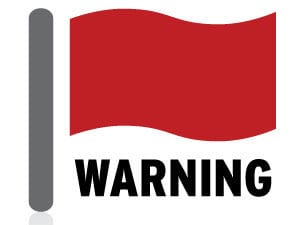 When your intuition – your gut feeling – tells you things are bad and you should get out… GET OUT! (or order others out if you’re the officer/commander). The worst thing you can do is dismiss your gut feeling as coincidence or, as some have reported to me, indigestion. The gut feeling is your sixth sense. The pattern match that forms the gut feeling is your body’s way of issuing you a warning based on your subconscious knowledge of past training and experiences. When the red flags go up, the warnings should be heeded, even if you may not be able to articulate in words why you feel things are not going well. That feeling of impending doom, or impending failure, is a warning to be taken seriously.
When your intuition – your gut feeling – tells you things are bad and you should get out… GET OUT! (or order others out if you’re the officer/commander). The worst thing you can do is dismiss your gut feeling as coincidence or, as some have reported to me, indigestion. The gut feeling is your sixth sense. The pattern match that forms the gut feeling is your body’s way of issuing you a warning based on your subconscious knowledge of past training and experiences. When the red flags go up, the warnings should be heeded, even if you may not be able to articulate in words why you feel things are not going well. That feeling of impending doom, or impending failure, is a warning to be taken seriously.
When should you NOT blindly trust your gut?
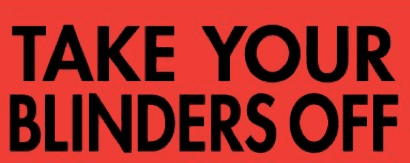 When your intuition – your gut feeling – tells you things are going well… validate your gut feeling by looking for facts and data that prove the gut feeling is correct. It is the facts and data that prove if the gut feeling is right or wrong. Unlike the previous example where you don’t want to take the time to validate bad gut feelings in time compressed, high consequence environments, when you have that euphoric feeling that everything is going well in a time compressed, high consequence environment, you need to make sure your intuition is right. The consequences of blind trust of your gut feeling is too high.
When your intuition – your gut feeling – tells you things are going well… validate your gut feeling by looking for facts and data that prove the gut feeling is correct. It is the facts and data that prove if the gut feeling is right or wrong. Unlike the previous example where you don’t want to take the time to validate bad gut feelings in time compressed, high consequence environments, when you have that euphoric feeling that everything is going well in a time compressed, high consequence environment, you need to make sure your intuition is right. The consequences of blind trust of your gut feeling is too high.
Enter confirmation bias
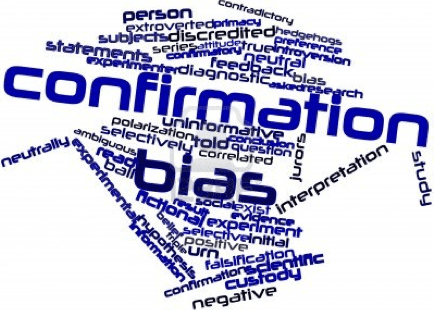 When in search of facts and data to validate your intuition, you can suffer from confirmation bias. Confirmation bias is a human tendency to favor people or information that validates your feelings or believes. This can cause you to selectively capture clues and cues that only validate your intuition. When faced with clues and cues that don’t “fit” your understanding, you may dismiss them as being inaccurate or inconsequential. This tendency can drive you to only seek clues and cues that prove you are right and completely overlook those that prove you are wrong.
When in search of facts and data to validate your intuition, you can suffer from confirmation bias. Confirmation bias is a human tendency to favor people or information that validates your feelings or believes. This can cause you to selectively capture clues and cues that only validate your intuition. When faced with clues and cues that don’t “fit” your understanding, you may dismiss them as being inaccurate or inconsequential. This tendency can drive you to only seek clues and cues that prove you are right and completely overlook those that prove you are wrong.
Clues and cues that don’t fit your understanding can be confusing. And when you are under stress during a high consequence, time compressed environment there may be no time to sort out confusing information. So, your brain can dismiss the data that does not fit. You may do this consciously – making a decision that the contradicting data is not important – our your brain may do it subconsciously – shedding (or more formally, filtering) the data that does not fit your understanding.
As sobering as it is, your brain can prevent you from seeing things and hearing things that do not fit your understanding. And, to make it more sobering, your brain can make up new information (truth notwithstanding) to fill in for the holes created when the unbelievable clues and cues are filtered out. I have demonstrated this during the Mental Management of Emergencies program more than 500 times. Your confirmation bias can have a powerful impact on your situational awareness.
Rich Gasaway’s Advice
 There are many cognitive biases that impact human understanding. Some sources list more than a hundred of them. Many of them can impact the quality of your decision making. Confirmation bias is particularly challenging to situational awareness because it can prohibit the uptake of critical clues and cues that can foretell impending doom.
There are many cognitive biases that impact human understanding. Some sources list more than a hundred of them. Many of them can impact the quality of your decision making. Confirmation bias is particularly challenging to situational awareness because it can prohibit the uptake of critical clues and cues that can foretell impending doom.
When faced with information that does not fit your understanding of what is happening, resist the urge to dismiss the information as happenstance or inconsequential. Instead, consider the refuting data as a warning sign that you may have a flawed pattern match and flawed intuition. This can be challenging because some of the data may very well be happenstance and inconsequential. Assessing the refuting data is time consuming and requires a lot of cognitive energy so it can slow down decision making.
This is where it is very helpful to have a second person to run the contradictory data past. Ask them to think about what that data means and how it fits into the overall picture. For example, if you’re putting together a jigsaw puzzle that appears to be an outdoor scene and you come along a piece that looks like a typewriter, should you dismiss it as a errant piece that made its way into the puzzle box by accident (because a typewriter does not fit into an outdoor scene)? Or should you try to understand how a typewriter might fit into the puzzle and what it means? In brain science parlance, this is called “sense making” and that’s exactly what we need to do with refuting data – make sense of it – not blindly dismiss it.
Action items
 1. The best way to develop the skill set to overcome confirmation biases is to practice capturing and comprehending clues and cues that do not fit. You can do this in all aspects of your daily routines. Look around in your environment for things that do not fit. For example, as I sit here in the training room of the South Bend Fire Department I see a child safety seat sitting in the corner of the room. When practicing how to make sense of senseless clues, I must ask why would or should there be a child safety seat in a fire department training room? The answer to this question might be intuitive to a firefighter. But a civilian would probably struggle to make sense of it.
1. The best way to develop the skill set to overcome confirmation biases is to practice capturing and comprehending clues and cues that do not fit. You can do this in all aspects of your daily routines. Look around in your environment for things that do not fit. For example, as I sit here in the training room of the South Bend Fire Department I see a child safety seat sitting in the corner of the room. When practicing how to make sense of senseless clues, I must ask why would or should there be a child safety seat in a fire department training room? The answer to this question might be intuitive to a firefighter. But a civilian would probably struggle to make sense of it.
2. Discuss ways to overcome confirmation bias. This includes discussing how to point out to someone they are missing important clues and cues. What is obvious to one person may not be obvious to another. Borrowing from the mantra of homeland security – “If you see something, say something.” But it’s important to discuss how to speak up respectfully.
3. Discuss how teamwork can help overcome confirmation bias. Two heads are better than one in the formation of situational awareness but only when the two heads share their understanding – their sense making – with each other.
_____________________________________________________

If you are interested in taking your understanding of situational awareness and high-risk decision making to a higher level, check out the Situational Awareness Matters Online Academy.
CLICK HERE for details, enrollment options and pricing.
__________________________________
Share your comments on this article in the “Leave a Reply” box below. If you want to send me incident pictures, videos or have an idea you’d like me to research and write about, contact me. I really enjoy getting feedback and supportive messages from fellow first responders. It gives me the energy to work harder for you.
Thanks,

Email: Support@RichGasaway.com
Phone: 612-548-4424
SAMatters Online Academy
Facebook Fan Page: www.facebook.com/SAMatters
Twitter: @SAMatters
LinkedIn: Rich Gasaway
YouTube: SAMattersTV
iTunes: SAMatters Radio

Rich,
You took me through this exact process two years ago and you’re absolutely right. It particularly hard to get those blinders off when you been somewhere for a long time. It’s equally as hard to let go when you’re comfortable with your routine. Thanks my friend for helping me through going with my gut.